
Learn All About TGV Train Tickets
TGV trains - Need to know

Routes
- Paris – Lyon – Marseille – Nice: TGV Duplex & INOUI
- Paris – Lille – Calais – Dunkirk: TGV INOUI
- Paris – Strasbourg – Colmar – Mulhouse: TGV Duplex & INOUI
- Paris – Rennes – Nantes – Brest: TGV Atlantique
- Paris – Bordeaux – Toulouse: TGV Atlantique
- Paris – Brussels – Amsterdam: TGV Thalys
- Paris – Barcelona – Madrid: TGV INOUI
Frequency: Multiple trains daily, frequency varies depending on the route.
Schedule: Operates year-round; check online for seasonal schedules.
Duration: Typically between 2 to 6 hours, depending on the route.
Distance: Up to 1,200 km, depending on the journey.
Recommended tickets: Eurail Global Pass, Interrail Global Pass
Reservation: Seat reservations are mandatory
Stops: Major stops include Paris, Lyon, Marseille, Nice, Bordeaux, Lille, Strasbourg, Nantes, Rennes, Brussels, Zurich, Barcelona, Geneva.
Ticket types: Prem’s, Second Class, First Class, Business Premiere and Standard
Requirements: Valid TGV ticket; valid ID and travel documents for international travelers
Facts: TGV trains can reach speeds of up to 320 km/h, one of the largest high-speed rail networks in Europe, and eco-friendly travel, with reduced carbon emissions compared to flights.
Traveling by TGV trains with train pass
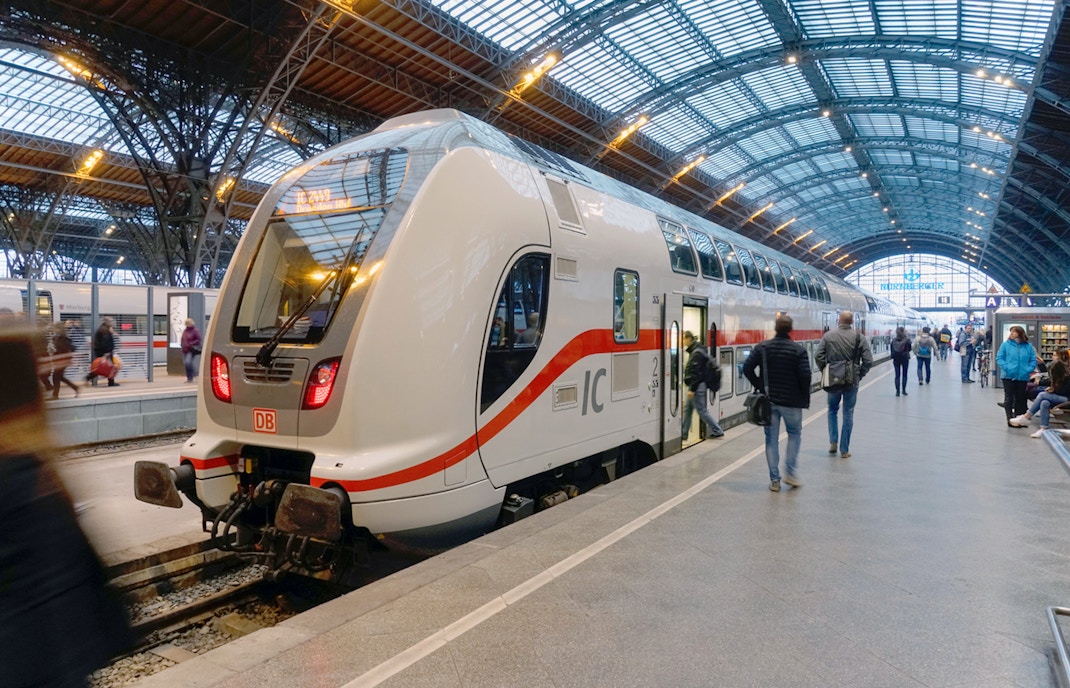
Buying a Eurail pass (for Non-European residents)
Eurail Passes provide the ultimate freedom to explore France and beyond, allowing you to travel seamlessly across multiple countries. There are two main options:
- Global pass: Valid for travel in 33 countries, making it perfect for adventurous multi-country journeys.
- One country pass: Tailored for those focusing on France, this pass offers unlimited travel within the country.
Things to know:
- Travel flexibility: Select passes that offer flexible travel days or unlimited travel over a defined period, allowing you to adapt your itinerary on the go.
- Class options: Choose from both First and Second Class for a comfortable travel experience, with First Class offering additional amenities.
- Activation: Activate your pass within 11 months of purchase using the Eurail app or at any participating train station.
- Seat reservations: For TGV services, seat reservations are mandatory and need to be booked in advance for high-speed trains, which can be done easily online or at the station.
- Discounted youth & senior rates: Special pricing is available for travelers under 26 and over 60 years old, making it even more affordable to explore France.
- Onboard comfort: Enjoy TGV’s modern amenities, including spacious seating, onboard dining options, and free Wi-Fi for a pleasant journey.
- Scenic routes: Experience the beauty of France through scenic routes that connect major cities, picturesque towns, and stunning landscapes.
- Travel planning: Make sure to check the specific terms and conditions of your Eurail Pass to maximize your travel experience and avoid any unexpected fees.
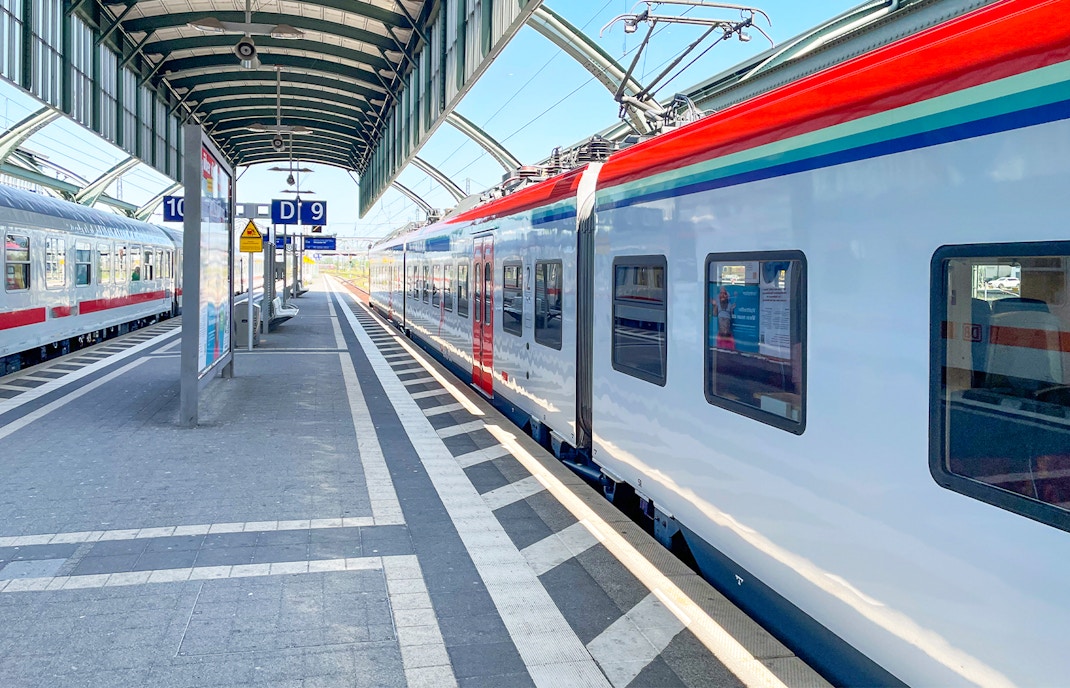
Buying an Interrail pass (for European residents)
For European residents, the Interrail Pass is an essential companion for seamless travel across the continent. Much like its counterpart, the Eurail Pass, the Interrail Pass offers:
- Global pass: Perfect for those eager to explore the vast diversity of Europe, allowing travel across 33 countries.
- One country pass: Tailored for an immersive experience within a single nation, making it ideal for in-depth exploration.
Things to know:
- Eligibility: The Interrail Pass is exclusively available to European citizens or residents, making it a uniquely advantageous option for local travelers.
- Travel flexibility: Choose from passes that offer flexible travel days or continuous travel options, allowing you to create an itinerary that suits your adventurous spirit.
- Class options: Available in both First and Second Class, enjoy the comfort that best fits your travel style and budget.
- Activation: Activate your Interrail Pass easily through the Interrail app or at any participating train station within 11 months of purchase, ensuring you're ready to embark on your journey.
- Seat reservations: For high-speed trains like the TGV, seat reservations are mandatory and should be secured in advance to guarantee your spot on popular routes.
- Discounted youth & senior rates: Enjoy special pricing for travelers under 27 and over 60 years old, enhancing accessibility for younger adventurers and seasoned explorers alike.
- Onboard comfort: Experience the modern amenities of TGV trains, including spacious seating, onboard dining options, and complimentary Wi-Fi, making your journey both enjoyable and productive.
- Scenic routes: Revel in the stunning views of France’s picturesque landscapes as you traverse charming towns and vibrant cities.
- Travel planning: Familiarize yourself with the specific terms and conditions of your Interrail Pass to optimize your travel experience and avoid unexpected costs along the way.
TGV train class

- Spacious comfort: Enjoy roomy seats arranged in a 2+1 configuration, featuring armrests and power-recline.
- Work-friendly: Each seat includes a large drop-down table or a fixed table with a lamp, perfect for laptops.
- Power accessibility: Equipped with European-style two-pin 230v sockets for charging laptops and mobiles.
- Privacy options: Small bench seats outside the main saloon are available for private phone calls.
- Seating configurations:
- Club duo: Two seats facing each other across a table.
- Club quatre: Four seats around a table.
- Duo: Two side-by-side seats facing forward.
- Solo: Single seat facing forward.
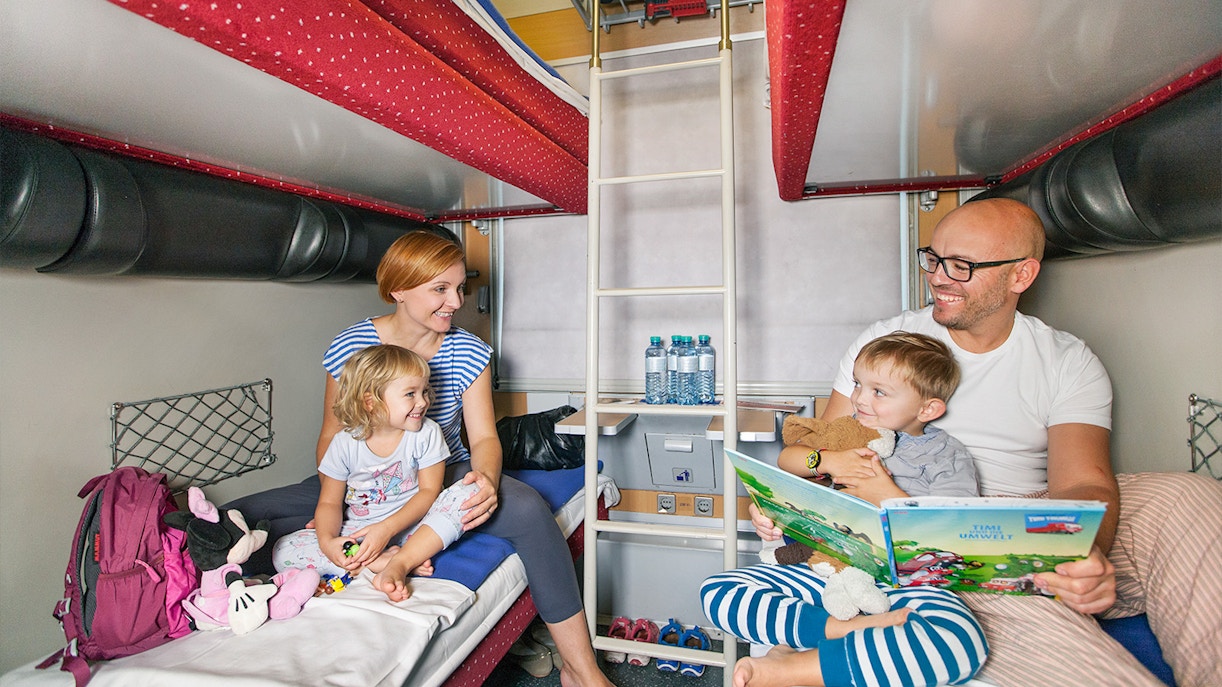
- Comfortable arrangement: Enjoy cozy seats in a 2+2 configuration, also with armrests and drop-down tables.
- Family-friendly: Tables for four are often labeled as "family" or "carré" when booking.
- Functional design: Fixed tables are available for face-to-face seating.
- Convenient facilities: Each pair of coaches includes two toilets for passenger convenience.
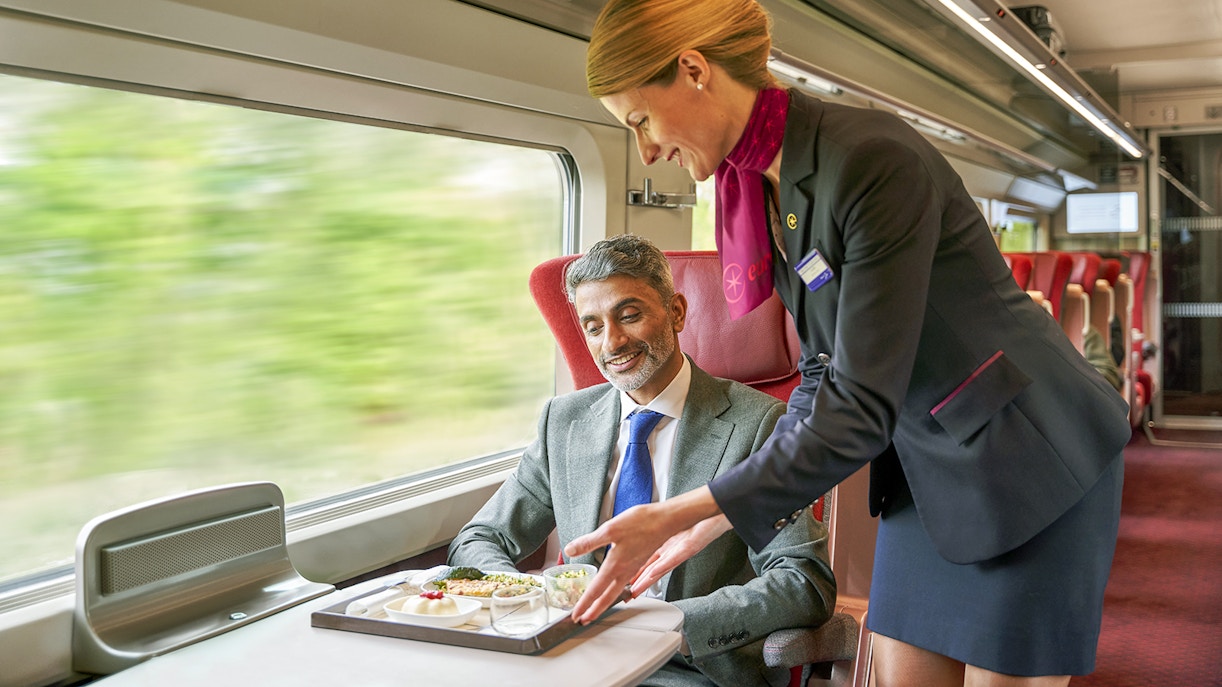
- Ultimate convenience: Tailored for business travelers with dedicated services with access to amenities like meeting rooms on certain trains
- Extra privacy: Seating arrangements that allow for more personal space.
- Work-friendly environment: Facilities such as power outlets and fast Wi-Fi for productivity on the go.
- Exclusive lounge access: Enjoy pre-boarding comfort in designated lounges at select stations.
- Flexibility: More flexible change and cancellation policies compared to standard classes.
- Priority boarding: Enjoy the convenience of priority boarding, allowing you to settle in without the rush.
- Increased comfort: Ergonomically designed seats that offer superior support and extra legroom for long journeys.
Plan your TGV train journey

TGV trains are renowned for their speed, comfort, and efficiency, connecting major cities across France and beyond. With various service types tailored to different travel needs, passengers can enjoy a range of options from budget-friendly fares to premium experiences. Here are the primary types of TGV trains you can choose from:
- TGV InOui: The standard TGV service offers high-speed travel with modern amenities and excellent onboard services.
- TGV Ouigo: A budget-friendly option for economical travelers, providing lower fares with basic amenities.
- TGV Duplex: Double-decker trains featuring spacious seating and enhanced comfort for high-capacity routes.
- TGV Atlantique: Specialized trains primarily serve the western routes of France and are equipped with the latest technology.
- TGV Lyria: Connecting France with Switzerland, these trains offer bilingual service and additional comfort for international travel.
- TGV Eurostar: While primarily known for connecting Paris with London, this service integrates seamlessly with the TGV network.

Identifying the type of TGV train you'll be traveling on is simple and straightforward. Follow these steps to find out the specifics of your journey:
- Check your ticket: Look at the ticket information (either paper or digital). It usually specifies the train type (e.g., TGV InOui, TGV Ouigo).
- Visit the official website: Go to the SNCF website or app, where you can enter your travel details to see the train type listed for your route.
- Look for train numbers: Train numbers often indicate the type. For example, TGV InOui trains typically start with "TGV," while Ouigo trains will have "OUIGO" in their designation.
- Consult station screens: Check the departure boards at train stations. The train type is usually displayed alongside departure times and platforms.
- Ask staff at the station: If you're unsure, don’t hesitate to ask station staff for assistance identifying your train type.
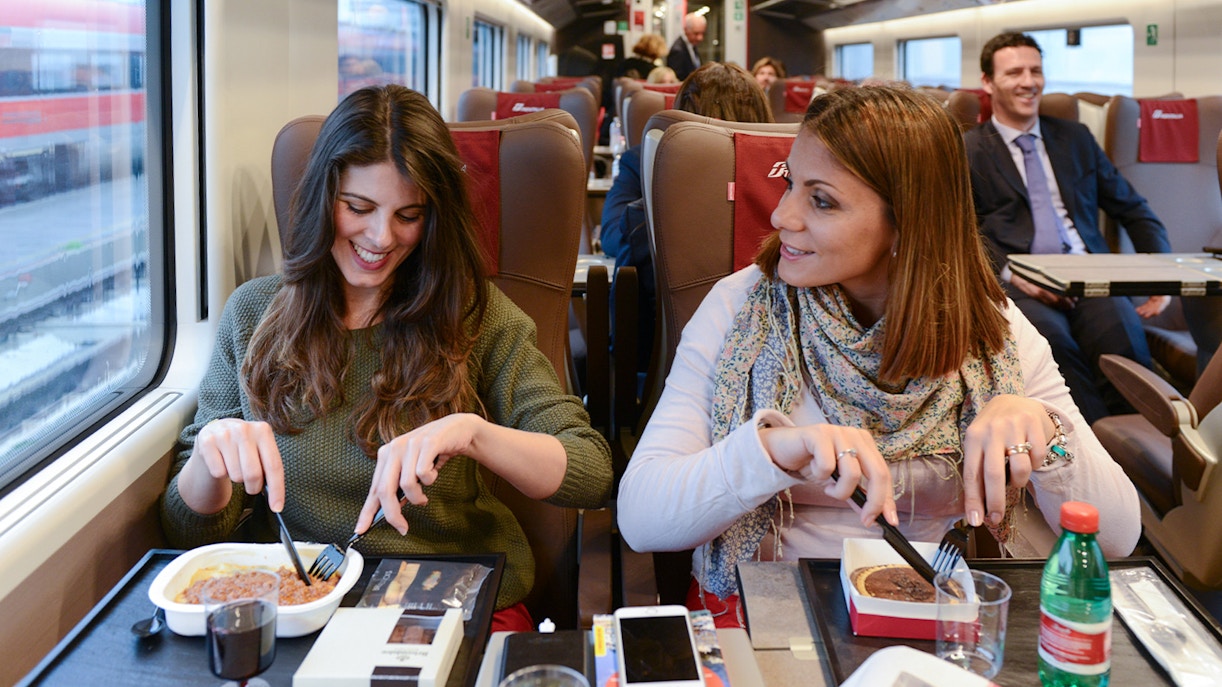
- High speed: Travel up to 320 km/h (200 mph), getting you to your destination quickly.
- Comfortable seating: Enjoy spacious and ergonomic seats designed for relaxation on long journeys.
- Onboard amenities: Access Wi-Fi, power outlets, and food services to enhance your travel experience.
- Frequent services: Multiple daily departures on popular routes, providing flexibility for your travel plans.
- Scenic views: Experience beautiful French landscapes through large windows as you travel.
- Convenient connections: Easily connect to other forms of transport, including regional trains and buses.
- Eco-friendly travel: Enjoy a greener way to travel with lower carbon emissions compared to flying.
- Accessibility: Facilities available for passengers with reduced mobility, ensuring everyone can travel comfortably.
- Loyalty programs: Join frequent traveler programs for rewards and exclusive benefits.
Frequently asked questions about TGV train tickets
TGV is generous with luggage! You can bring two pieces of luggage and one hand baggage onboard TGV trains. There are dedicated luggage racks at the entrance of each carriage and overhead spaces for smaller bags. If you're traveling on a budget service like Ouigo, be sure to check specific baggage restrictions as they may differ.
Depending on your ticket type, you may be able to exchange it or get a refund. Flexible and Business Première tickets offer more lenient exchange and refund policies than non-refundable Prem’s tickets.
Absolutely! TGV trains are designed to accommodate passengers with reduced mobility. There are designated spaces for wheelchair users in both First and Second Class, as well as accessible restrooms. If you need assistance boarding, SNCF staff are available to help, but it's a good idea to notify them in advance of your trip.
Yes, pets are welcome on TGV trains! Small pets (under 6kg) can travel in a carrier for a small fee, while larger pets require a ticket and must be leashed and muzzled during the journey. Just make sure to book their ticket when reserving yours.
If your train is delayed by more than 30 minutes, you're entitled to compensation under SNCF’s delay policy. The amount depends on the length of the delay. For cancellations, you can either get a full refund or rebook your ticket for another train. Always check with SNCF customer service or their app for real-time updates.
It depends on the type of ticket you purchased. Flexible tickets (like Business Première) allow for changes or cancellations with little or no penalty. Non-refundable tickets like Prem’s cannot be changed or refunded after purchase, so be sure to check the terms before buying.
Yes, most TGV trains have a café-bar carriage where you can buy snacks, meals, and drinks. If you prefer, you’re also welcome to bring your own food and drinks onboard, making it easy to stay refreshed during your journey.
Children under 4 years old can travel for free if they sit on your lap. If you prefer a separate seat for your child, you can purchase a discounted ticket. Children between 4 and 11 are eligible for discounted fares, and there are special family-friendly seating options on many TGV trains.
While TGV trains don’t have strict boarding zones like planes, Business Première travelers and those with mobility needs are given priority boarding. If you’re in a rush, try to arrive early to ensure you get on the train smoothly.
Yes, you can bring your bike onboard TGV trains, but it requires a reservation. Foldable bikes travel free as long as they’re packed in a cover, but for regular bikes, there’s a small fee, and you must reserve a spot for your bike in advance since space is limited.